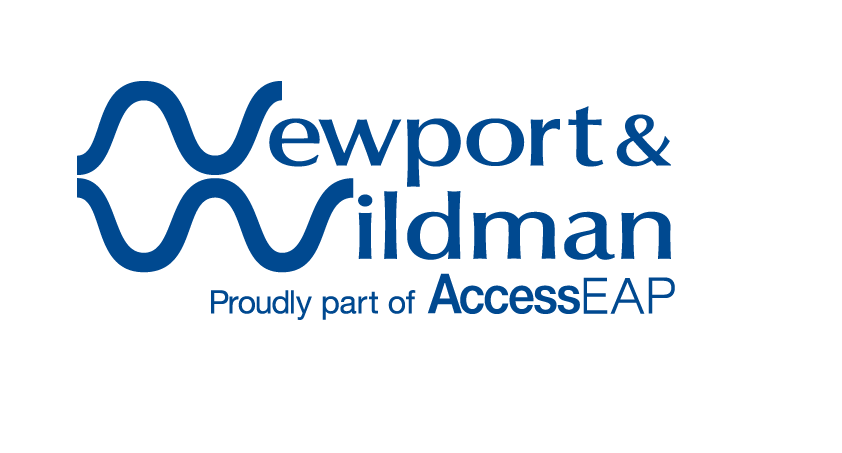Food for thought or thoughtful food?
No one wants to be told what to eat. It takes us back to our childhood, memories of “you can’t leave the table until you have eaten your greens” or “your hair will go curly if you eat your crusts”. Unfortunately the take home message with these statements can often lead to unhealthy relationships with food and body image.
When we talk about diet and nutrition at AccessEAP, our focus is on your mental health and wellbeing. We know that what we eat has direct impacts on people’s emotional resilience, and our intention is to help people achieve an optimal level of wellbeing. Australia’s Deakin University recently conducted pioneering research into this and found that diet has direct links to depression.
Eating a poor quality diet can increase the risk for common mental disorders like depression and anxiety. Eating highly processed food has been associated with a smaller hippocampus – a critical part of the brain that is responsible for learning and memory, as well as regulating mood. It can also encourage a constant, low level of inflammation throughout the body. These are risk factors for mental illness, and gut bacteria may play a role in the regulation of mood. Omega 3 fatty acids, found in fish, appear to be helpful for people suffering from quite serious depression. Similarly, there are studies starting to emerge to suggest that zinc or vitamin B supplementation may be helpful for some.1
As employers and leaders more and more we find ourselves in the all encompassing workplace wellbeing space. There is an expectation that workplaces will provide healthy solutions in a number of areas not traditionally considered to be an employer's responsibility.
With Food and Mood as our theme this month, how do we incorporate healthy eating options into the workplace without becoming the “food police”?
There are some practical ways that organisations can encourage healthy eating in the workplace without becoming divisive or making employees feel bad about their food choices. Remember the intention is to help your employees bring their best selves to work. Consider what food options you offer at the workplace, including for catered work events. Look at reducing the foods that are known to offer little nutritional benefit and slowly swap them out for healthier choices. At AccessEAP for example, we started by simply adding celery, carrot sticks and grapes to the cheese and dip platter for after work social events. It was incredibly well received.
Also consider whether there is a place set aside for people to eat at your workplace. This is important for several reasons. Firstly it discourages employees from purchasing take-away food (which is usually the less healthy option). Secondly, in addition to what we eat, how we eat it can be very important. Here’s where leadership can play a role, modeling good lunchtime behaviours is crucial. We need an opportunity to take in our lunch and rest for a while before we start back to work. It’s not surprising to learn that a “proper” lunch break will leave you refreshed and much better positioned to be productive after lunch. For this reason, at AccessEAP, our leaders actively discourage people from eating at their desks and encourage designated lunch breaks for mindful eating.
Remember when I said slowly, there isn’t a need to rush and make sweeping changes. Know your people and gauge the right pace of change. We regularly have our Nutritional Consulting partner, Melinda Overall from Overall Nutrition in to help us dispel the myths around food and diet. Straight after her last presentation, which included how milk is processed to become “low fat”, a show of hands unanimously led to the milk order being changed the next day – full cream for AccessEAP!
1. Deakin University Food and Mood Centre http://foodandmoodcentre.com.au/diet-and-mental-health/



